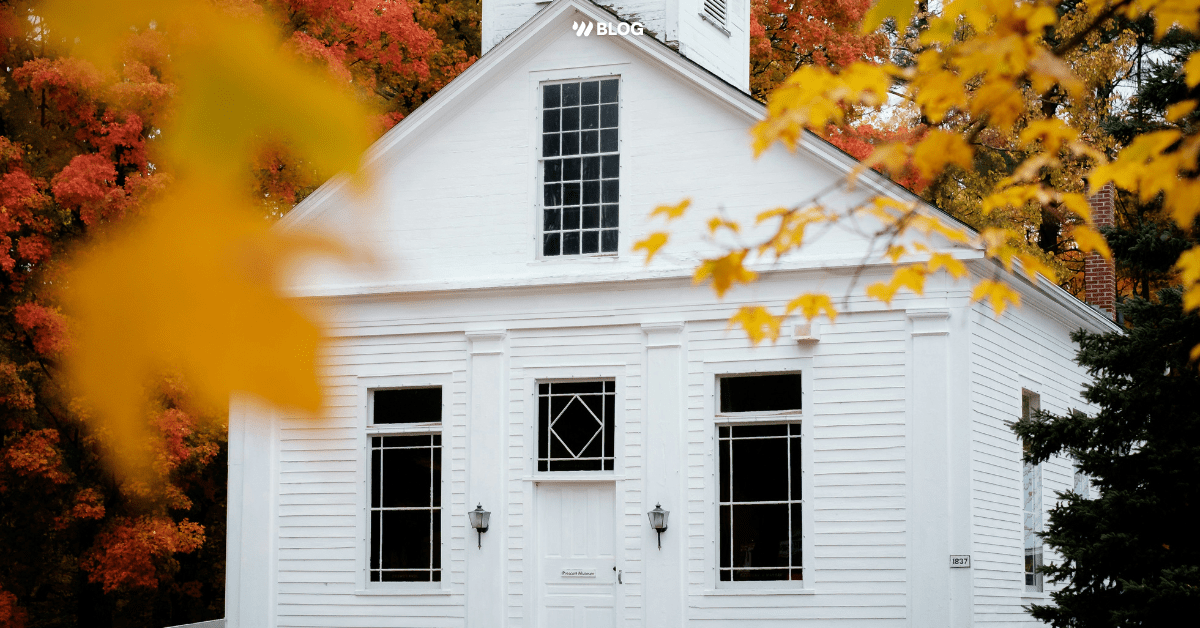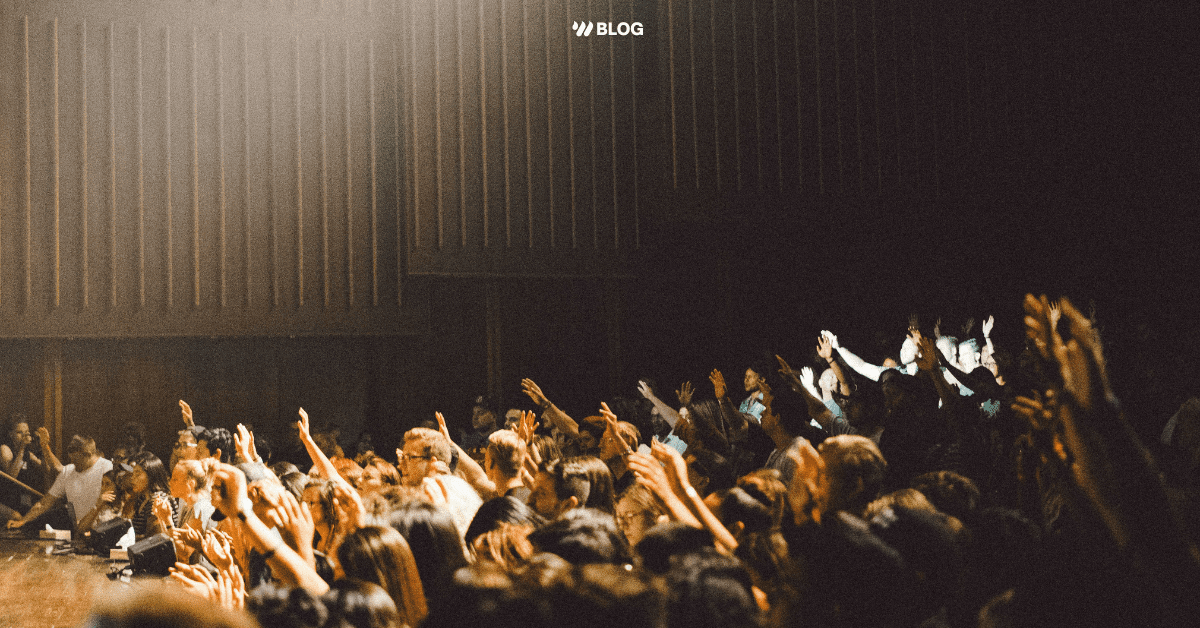In Part 1, Max Corwin hit some really helpful tips for a good in ear mix, as well as his personal approach for guitars.
For this blog, I want to give a contrasting approach to how I tend to set my mixes for guitar as well as some tips for mixes if you are not a guitarist. My hope is that you will find some new tricks that may inspire you as well as learn that there is no right or wrong.
General
If you have someone mixing your ears for you, it significantly helps to gain an understanding of compression and EQ. This will give you a more exact language to use to develop a solid mix more quickly.
For example, desk compression should never be applied to guitar as it will crush your tone and dynamics especially when turning on different pedals. If you can recognize this, you can work with whoever is mixing your guitar to make it feel better (even if that processing is coming from front of house). If you are a vocalist, you can use that knowledge to explain that you want someone to pull out some low mids, rather than using vague metaphorical terms to get things to sound clearer.
Vocals
Vocals are a bit tricky as I have found that many singers prefer drastically different mixes. I have even seen vocalists completely pull out drums (not that I recommend doing this). Generally, vocalists will keep instrumentation softer and vocals as clear as possible while still trying to make it generally sound like an album. Compression and reverb can be your best friend to help inspire you to sing better.
Keeping both in ears in is good for your health, so I recommend building a mix that is inspiring enough to do so. Everyone seems to pull out one ear from time to time to feel the room, but doing this all the time is not good practice.
Drums
Most drummers I know just want their mix to sound big and exciting with lots of click. Hearing what the guitarists and other instruments are specifically doing is not as important. You will probably want to make sure you can hear the leader and bass well so you can lock in and follow dynamics. Set levels so you do not underplay or overplay. Austin Davis prefers to have a good amount of keys in his mix as they typically help guide the service and flow moments.
Bass
If you are a bass player, make sure you have that kick going hard. An easy sign giving away a less experienced bass player is their lack of attention to locking with the kick. Compression really helps even out low frequencies so you may want your engineer to help you out there as well. It is hard to overdo compression with bass.
Keys
Here are a few great tips from Kari Jobe’s keyboardist McKendree Tucker:
- I like having click, hats and kick hotter than most. Keyboardists have a lot of percussive freedom, especially on piano, so we have to be aware of where we sit on the beat.
- If there are more than one guitarist, I love having them almost fully hard panned because I like having them as wings around my keys.
- I generally like to have the acoustic guitar pretty loud as long as they are not too overly dynamic in their playing. This makes it easier to know where the leader is going in down moments and understand dynamics.
How I Dial My Monitor Mixes for Guitar
As you read, keep in mind that I am typically using professional audio equipment that gives me the quality to mix this way. If you do not have higher-end equipment, focus on only adding in the necessities and getting a clear mix. The louder you make any element the more clarity you sacrifice.
If I sum up my monitor mixes to one word it would be “pockets.” I want every person on stage to have their own space in my mix and for me to be able to pick out what they are doing at any given time. Some people think I am strange for this, as they typically just want a “record mix”, but here is my reasoning: the more I can hear what everyone else is doing (the other guitarists, the keyboardist, and even the kick drum) the better I will play. I typically use a lot of panning to accomplish this.
On the flip side, I will also try to balance separation with a good amount of room/reverb to help me stay inspired and motivate me to use less wet effects on my guitar. I do not want my mixes to sound dull and flat.
Regarding gear, I really prefer the Sennheiser IEM systems over the Shures in my experience. From my understanding, Shure will sacrifice stereo image for the sake of better RF rejection, while Sennheiser will have better quality, but tend to have more RF issues. I would rather have the quality and full stereo image and live with some RF noise.
With all that said, here is what my monitor mixes look like on a practical level:
- My Guitar
Panned 75% left and right. This leaves more room for the other guitarists, as well as keys, on the sides.
- Worship Leaders
I will always pan the two main leaders left and right slightly (11:00 and 1:00). This leaves room for my guitar up the middle area. Guitars and vocals sit in the same frequency ranges so it is very important for me to find some separation.
- BGV’s
Completely out (Sorry). They are not necessary and will just take up valuable sonic real estate.
- Other Guitarist(s)
Panned ALL the way left or right depending on their stance on stage. I do not care if I hear their stereo signal, I want to hear what they are playing, clearly, all the time.
- Keys – Piano
Panned slightly right or left. This is to get it away from my guitar, just like vocals. It is amazing the clarity I have gotten from doing this. Just like other guitars, it is important to hear this well as they are another melodic instrument.
- Keys – Pad
Kept centered (Stereo hard left and right). I set the level just loud enough to where I can hear chord changes in down moments so I can play along.
- Drums
Record mix, panned drummers perspective. I prefer more overheads than toms (If they are processed properly and not too harsh). Toms are halfway right and halfway left – it throws me off when they are hard panned as it does not feel as natural.
- Guide
LOUD. I don’t want to mess up.
- Click
Medium level, sometimes panned slightly off to the side. Usually audible when full band is in but not blaring.
- Talkback
Up the center, filtered, and loud. This helps grab my attention as it is different than where the normal vocals sit.
- Bass
Level is dependent on how much I feel the subs in the room. Not very loud, but I want to be able to hear chord changes.
- Tracks
Set at a medium level, more for feel than audibility. However, this is dependent on the set I am playing.
- Room Mics and Reverbs
Turned up till it feels like I am in a room. If the mix is muddy I will ask for less.
We would love to hear from you! How do you prefer your mix? Please feel free to comment or ask any questions in the comments below!
You may also be interested in these posts:
- Guitar Rig Rundown – Amps & Guitars
- How to Mix In Ear Monitors Like a Pro Part 1
- What Every Worship Leader Needs To Know About Electric Guitar (Part 1)
- 6 Things That Will Make You Sound Better Than New Gear
- How to Record Guitar Like a Pro [Even if You’re on a Budget]


![Top Christmas Worship Songs 2025 [With Tutorials]](https://worshiponline.com/wp-content/uploads/2024/12/Post-Graphic-no-title-only-watermark-1-1.png)



![Top Christmas Worship Songs 2025 [With Tutorials]](https://worshiponline.com/wp-content/uploads/2024/12/Post-Graphic-no-title-only-watermark-1-1-1024x536.png)